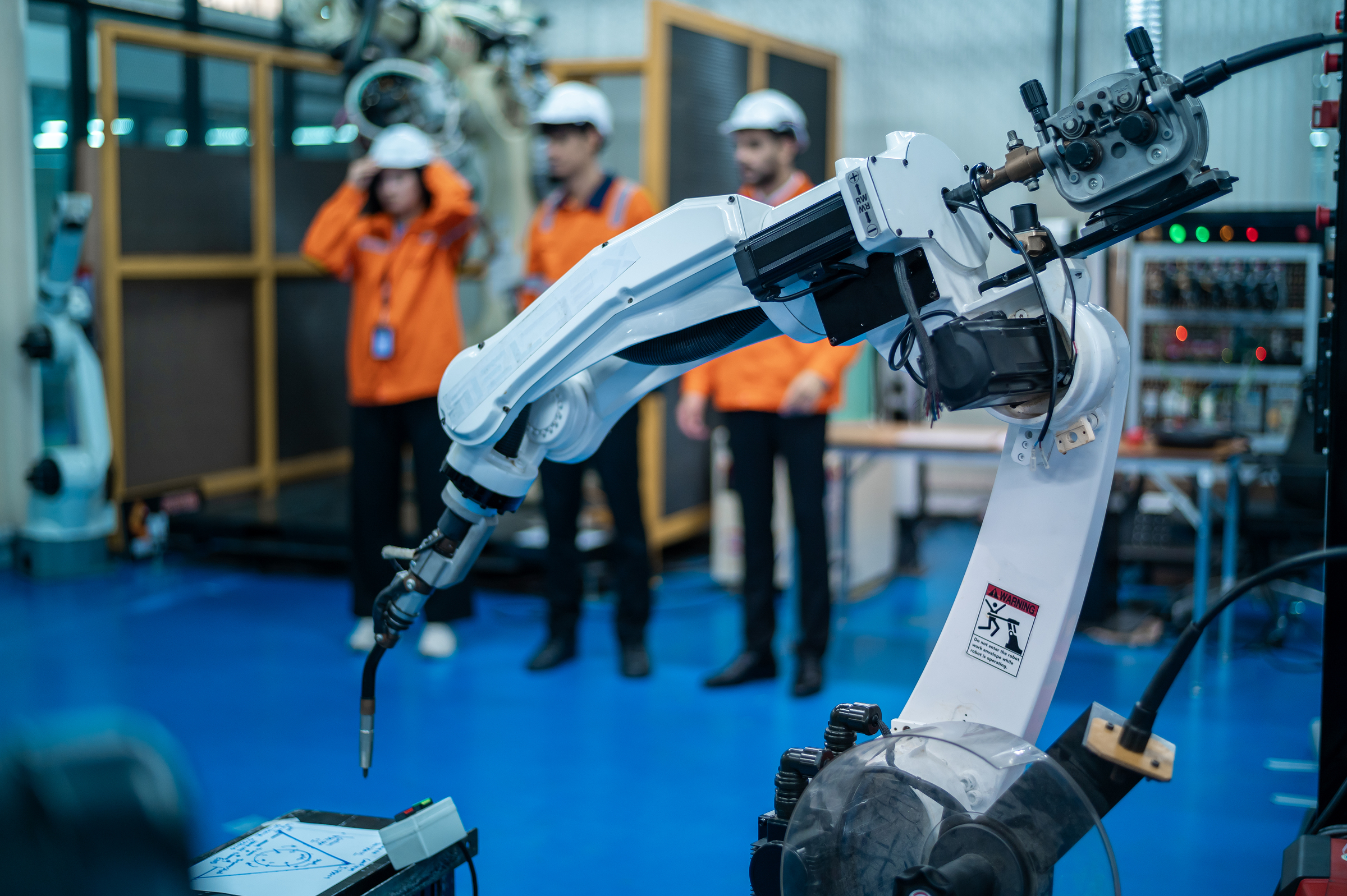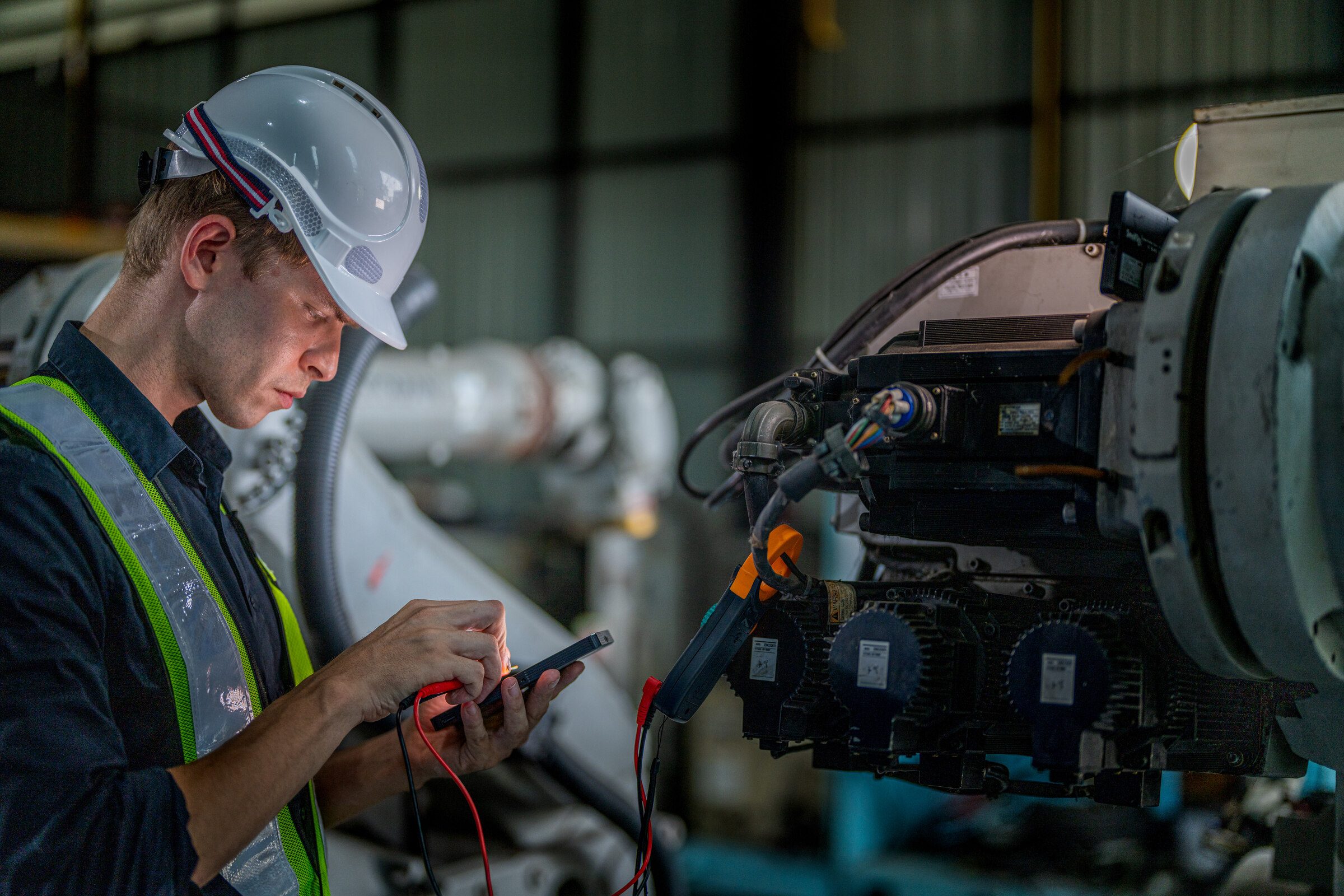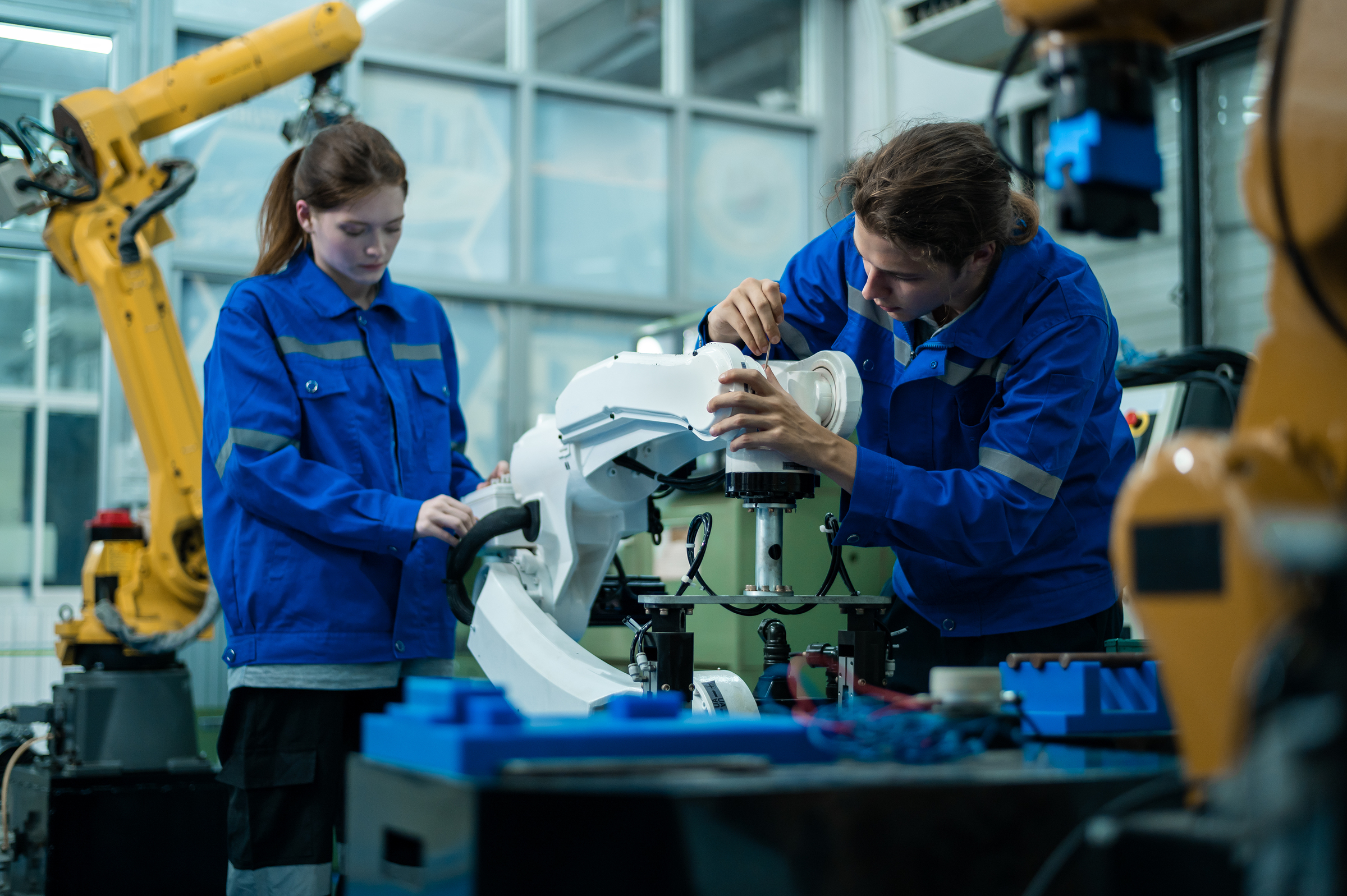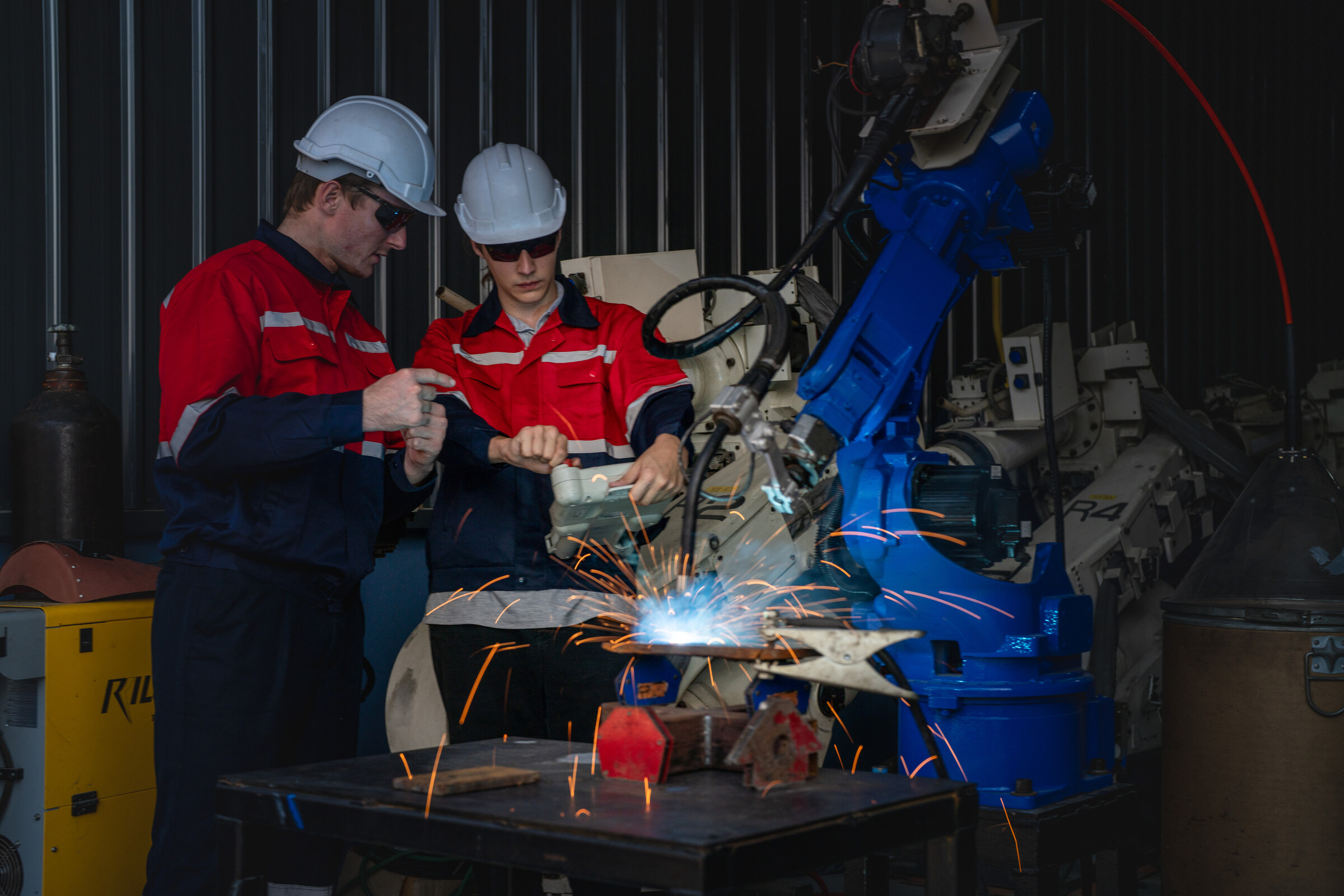Edge Computing Architecture
In an era dominated by connected devices and real-time data, edge computing architecture serves as the backbone of decentralized computing. Unlike traditional systems that rely heavily on centralized cloud servers,…
In an era dominated by connected devices and real-time data, edge computing architecture serves as the backbone of decentralized computing. Unlike traditional systems that rely heavily on centralized cloud servers,…
The explosion of connected devices and data-driven applications has ushered in a new era of computing where real-time insights and decision-making are critical. Edge computing analytics brings the power of…

As the digital transformation accelerates, emerging technologies such as cloud computing, edge computing, and fog computing are reshaping how data is processed, managed, and delivered. While cloud computing and edge…

Edge computing significantly reduces latency, improves speed, and supports real-time decision-making, but it also presents unique cybersecurity challenges. Unlike traditional centralized systems, which rely on a single, fortified data center,…
The rapid proliferation of connected devices, smart systems, and data-intensive applications has dramatically transformed the data-processing landscape. Traditional centralized data centers, while powerful, struggle with challenges such as latency, bandwidth…

With the rise of IoT devices, autonomous systems, and data-driven applications, businesses are turning to edge computing deployment as a solution. This decentralized approach reduces latency, optimizes bandwidth, and enables…

Everything starts with the basics, and so we must answer the questions - What is edge computing? Well, there are many facets to this fascinating topic, so we’ll start from…